Home>Home Appliances>Bathroom Appliances>How To Make An Electric Toothbrush Quieter
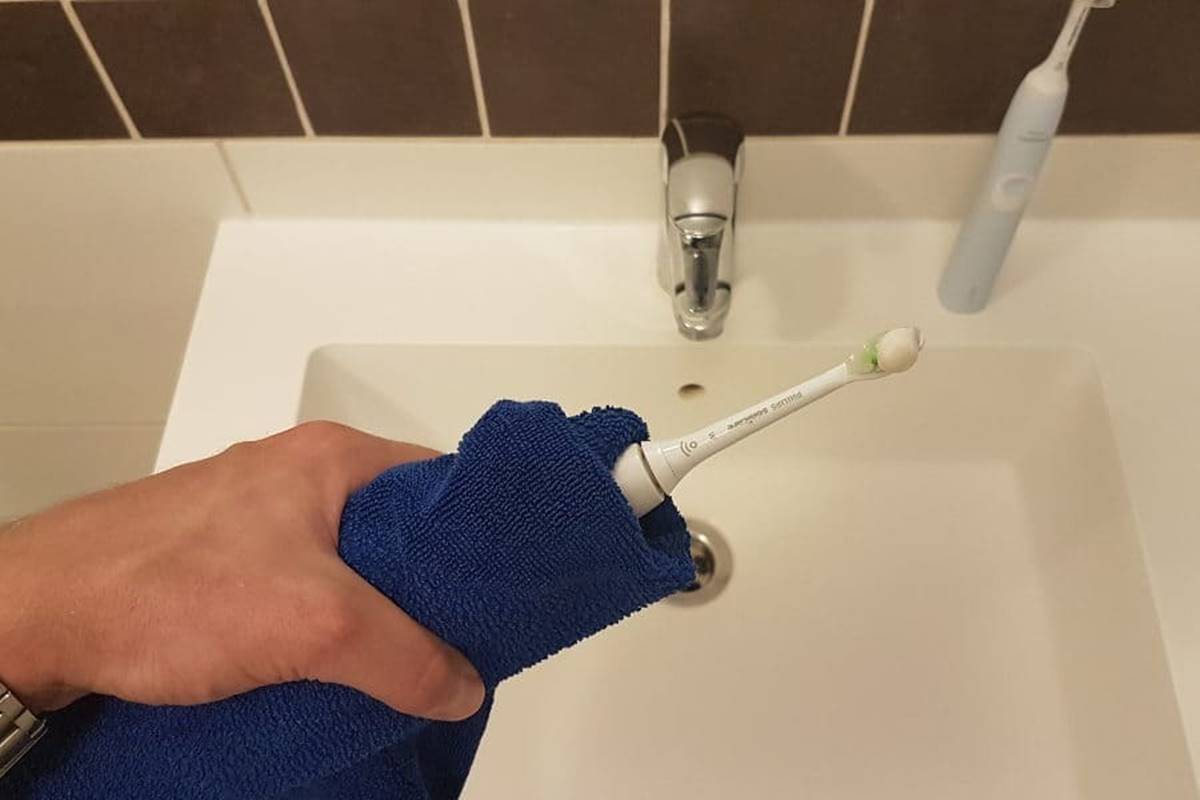

Bathroom Appliances
How To Make An Electric Toothbrush Quieter
Published: December 23, 2023
Learn how to reduce the noise of your electric toothbrush with simple tips and tricks. Make your bathroom experience more peaceful and enjoyable. Ideal for bathroom appliances enthusiasts.
(Many of the links in this article redirect to a specific reviewed product. Your purchase of these products through affiliate links helps to generate commission for Storables.com, at no extra cost. Learn more)
Introduction
Welcome to the world of modern dental care, where electric toothbrushes have revolutionized the way we maintain our oral hygiene. These advanced devices offer superior cleaning efficiency and convenience, but some users may find the operational noise to be a bit bothersome. If you're one of those individuals seeking a quieter brushing experience, you're in the right place.
The persistent hum or whir of an electric toothbrush can be a nuisance, especially in the early morning or late at night when silence is golden. Fortunately, there are practical ways to mitigate this issue and enjoy a more tranquil brushing routine without sacrificing the effectiveness of your electric toothbrush.
In this comprehensive guide, we'll delve into the root causes of electric toothbrush noise and explore various strategies to make your brushing sessions more peaceful. Whether you're a light sleeper, share a bathroom with a partner, or simply prefer a quieter grooming experience, the following insights and tips will empower you to achieve a harmonious balance between oral care and tranquility. So, let's embark on this journey to discover how to make your electric toothbrush quieter and enhance your daily dental routine.
Key Takeaways:
- Embrace a quieter brushing routine by choosing a high-quality electric toothbrush with advanced sound-dampening features and maintaining proper brush head alignment for a more tranquil oral care experience.
- Experiment with gentle brushing techniques and consider sonic toothbrushes to minimize operational noise, creating a peaceful and enjoyable environment for your daily dental routine.
Read more: How To Make AC Quieter
Understanding the Noise
Before delving into the solutions, it’s essential to understand the source of the noise produced by electric toothbrushes. The buzzing or whirring sound is primarily generated by the motor within the toothbrush. This motor is responsible for powering the oscillating or vibrating movement of the brush head, which is crucial for effective plaque removal and gum stimulation.
The intensity of the noise can vary depending on the design and quality of the electric toothbrush. Higher-end models often incorporate advanced sound-dampening technologies to minimize operational noise, while budget-friendly options may produce more noticeable sound levels.
Furthermore, the acoustic properties of the bathroom can influence the perceived noise level. Enclosed spaces with hard surfaces tend to amplify sound, whereas a larger, well-insulated bathroom may mitigate the impact of the toothbrush’s operation.
It’s important to note that while the noise may be a concern for some users, it is a byproduct of the electric toothbrush’s functionality. The goal is to address the noise-related issues without compromising the cleaning efficacy and oral health benefits provided by these innovative devices.
By gaining a clear understanding of the factors contributing to the noise, we can now proceed to identify the specific sources of the sound and explore effective strategies for reducing it.
Identifying the Source of the Noise
When seeking to make an electric toothbrush quieter, it’s crucial to pinpoint the specific components and operational aspects that contribute to the overall noise. By identifying the primary sources of the sound, you can effectively address each factor to achieve a noticeable reduction in noise levels. Here are the key elements to consider:
- Motor: The motor is the heart of the electric toothbrush, driving the movement of the brush head. Depending on the design and quality of the motor, it can produce varying levels of noise during operation.
- Mechanical Components: The gears, linkages, and other mechanical elements within the toothbrush can generate additional sound as they facilitate the movement of the brush head.
- Resonance and Vibration: The interaction between the toothbrush and its surroundings can lead to resonance and vibration, amplifying the perceived noise. This is particularly evident when the toothbrush comes into contact with hard surfaces, such as countertops or ceramic basins.
- Battery Compartment: In some models, the battery compartment or housing may produce a subtle humming sound, especially if the components are not securely fastened or insulated.
By carefully assessing these factors, you can gain valuable insights into the specific areas that contribute to the operational noise of your electric toothbrush. With a clear understanding of the sources of the sound, you’ll be better equipped to explore targeted solutions for reducing and mitigating the noise, ultimately enhancing your brushing experience.
To make an electric toothbrush quieter, try placing a small piece of foam or rubber between the brush head and the handle to dampen the vibrations and reduce noise.
Solutions for Reducing Noise
Now that we’ve identified the key sources of noise in electric toothbrushes, let’s explore effective strategies to make your brushing experience quieter and more harmonious. By addressing each contributing factor, you can significantly reduce the operational noise of your electric toothbrush without compromising its essential functions. Here are practical solutions to consider:
- Choose a High-Quality Model: Investing in a premium electric toothbrush from a reputable brand can significantly minimize operational noise. High-end models often feature advanced motor designs and sound-dampening technologies to provide a quieter brushing experience.
- Opt for Sonic Technology: Sonic toothbrushes, which utilize high-frequency vibrations to clean the teeth, tend to produce less audible noise compared to traditional rotating or oscillating models. Consider switching to a sonic toothbrush for a quieter brushing routine.
- Maintain Proper Brush Head Alignment: Ensure that the brush head is securely attached and aligned with the toothbrush handle. Misaligned or loose brush heads can cause unnecessary vibration and noise during operation.
- Minimize Contact with Hard Surfaces: When using the electric toothbrush, try to minimize direct contact with hard surfaces, such as countertops or ceramic basins. Using a soft silicone mat or towel as a cushioning surface can help reduce the transmission of noise through resonance and vibration.
- Regular Maintenance and Lubrication: Periodically inspect and clean the mechanical components of the toothbrush. Apply a small amount of lubricant to the moving parts, such as gears and linkages, to reduce friction and associated noise.
- Secure Battery Compartment: If your electric toothbrush features a removable battery compartment, ensure that it is securely fastened and insulated. Loose components within the battery compartment can produce unnecessary humming or buzzing sounds.
- Consider Brushing Techniques: Experiment with gentle brushing techniques that minimize excessive pressure on the teeth and gums. Aggressive brushing can intensify the operational noise of the toothbrush, so adopting a more relaxed approach may help reduce the perceived noise level.
By implementing these practical solutions, you can effectively reduce the operational noise of your electric toothbrush and create a more tranquil brushing environment. Whether you opt for a premium model with advanced sound-dampening features or incorporate simple adjustments to your brushing routine, achieving a quieter and more enjoyable oral care experience is well within reach.
Conclusion
Congratulations on embarking on the journey to transform your electric toothbrush into a quieter companion for your daily oral care routine. By gaining a deeper understanding of the sources of operational noise and exploring targeted solutions, you’ve taken a proactive step toward achieving a more harmonious brushing experience.
As you navigate the realm of electric toothbrushes, it’s important to recognize that the noise associated with these devices is a natural byproduct of their functionality. However, with the practical strategies outlined in this guide, you can effectively mitigate and reduce the operational noise without compromising the essential cleaning efficacy and oral health benefits provided by these innovative tools.
Whether you opt for a high-quality electric toothbrush with advanced sound-dampening technologies, experiment with sonic toothbrushes for a quieter brushing experience, or implement simple adjustments to minimize contact with hard surfaces, you have the power to tailor your brushing routine to align with your preferences for tranquility and peace.
Remember that the journey to a quieter brushing experience is a personalized one, and the solutions presented here offer a versatile toolkit to cater to your unique needs and preferences. Embrace the opportunity to explore, experiment, and refine your approach to electric toothbrush usage, and revel in the newfound harmony that accompanies a quieter brushing routine.
As you apply these strategies and insights, may your brushing sessions become moments of serenity and self-care, enhancing not only your oral health but also your overall well-being. Here’s to quieter, more tranquil brushing experiences that elevate your daily routine and bring a sense of calm to your oral care journey.
Frequently Asked Questions about How To Make An Electric Toothbrush Quieter
Was this page helpful?
At Storables.com, we guarantee accurate and reliable information. Our content, validated by Expert Board Contributors, is crafted following stringent Editorial Policies. We're committed to providing you with well-researched, expert-backed insights for all your informational needs.
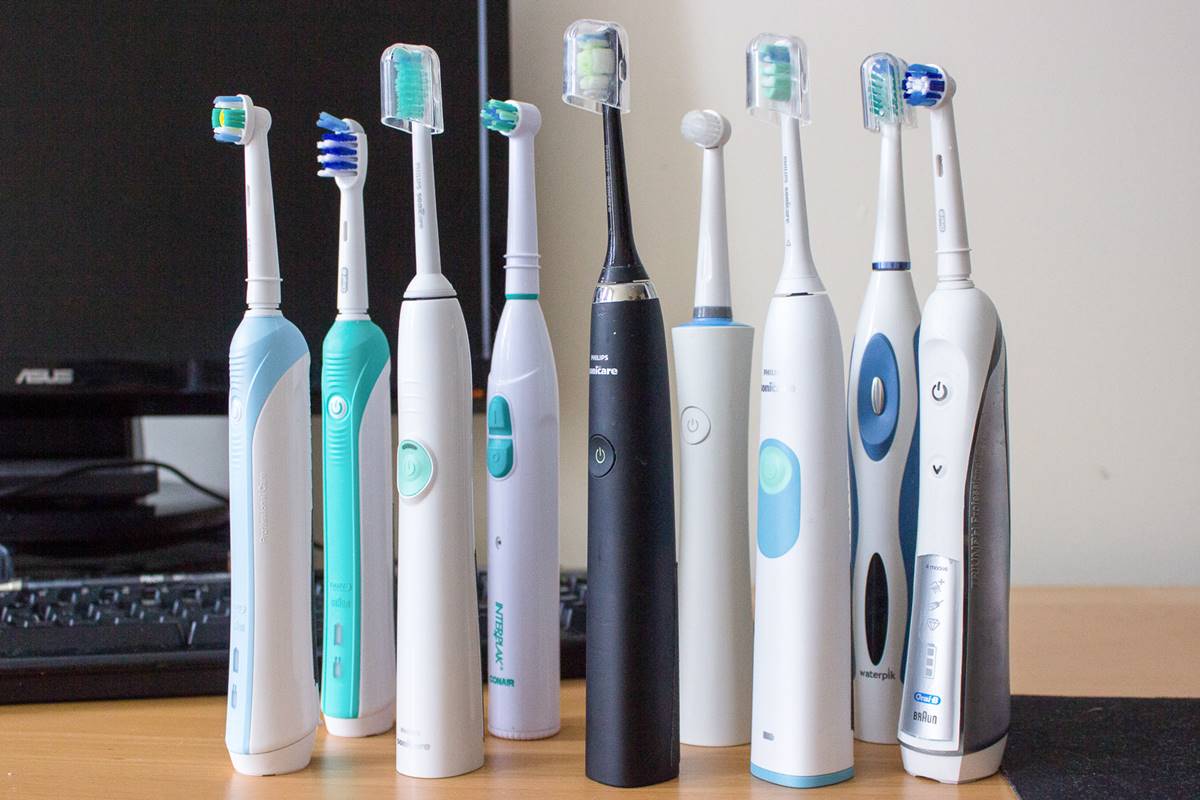
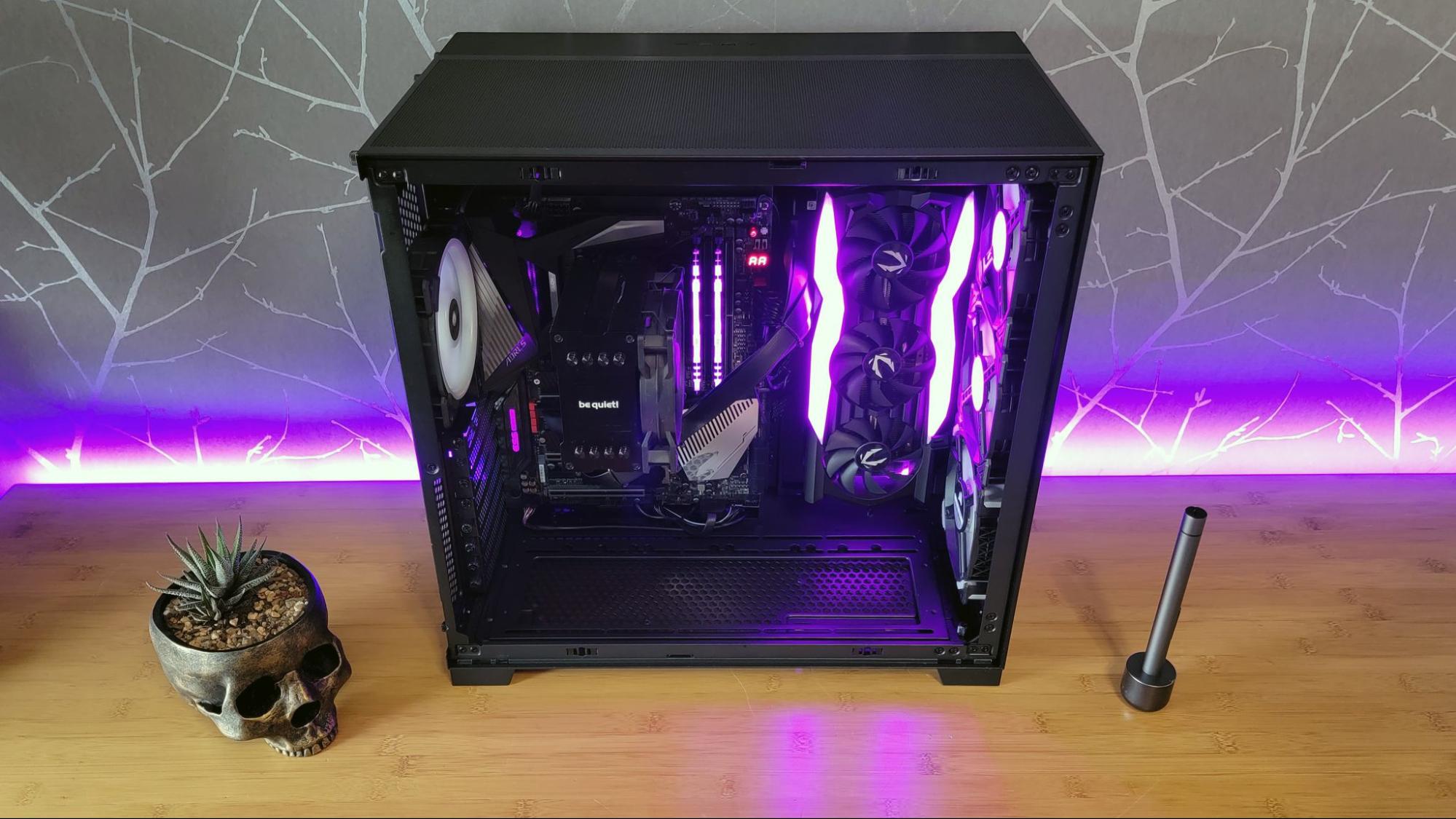
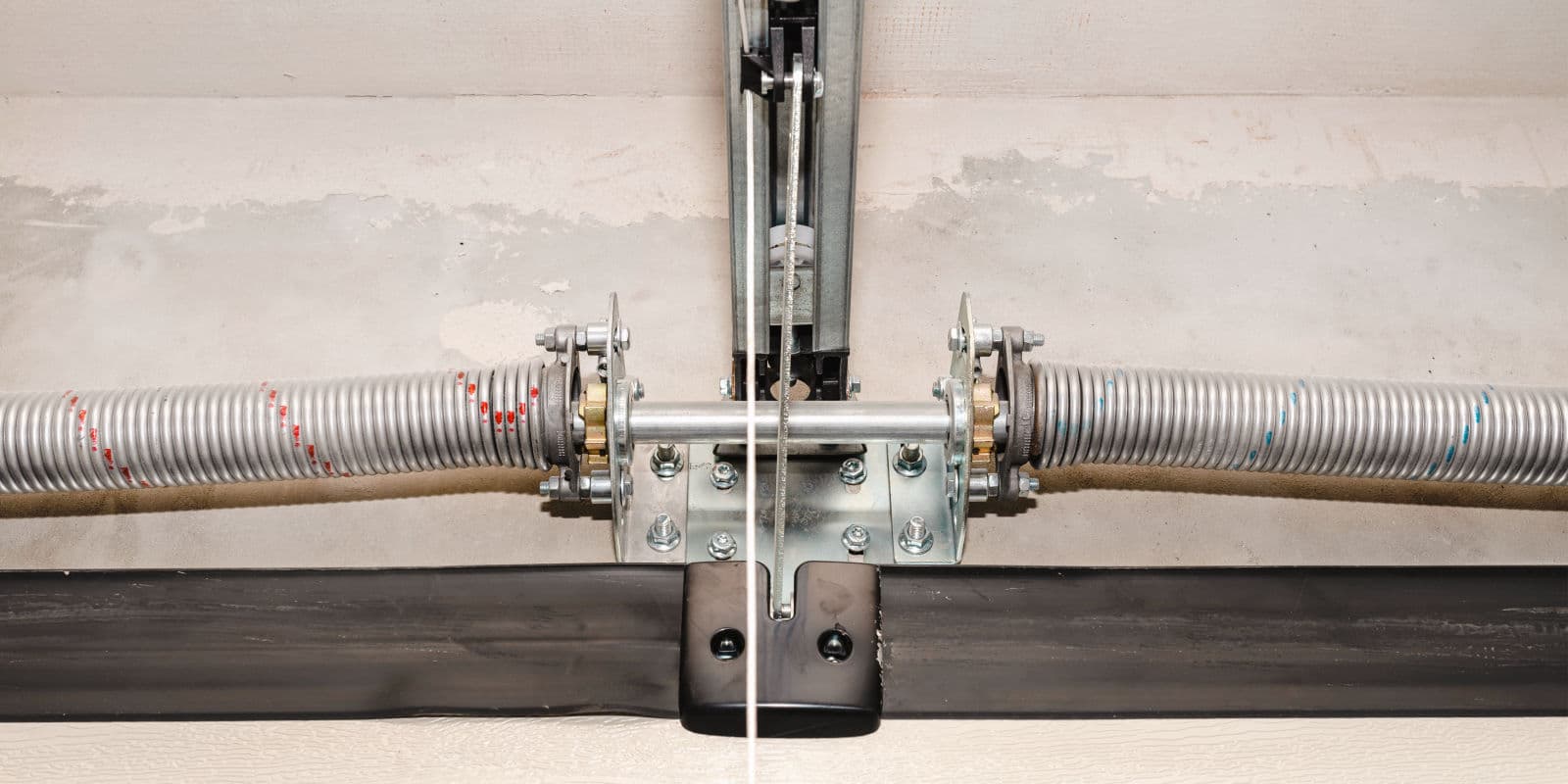
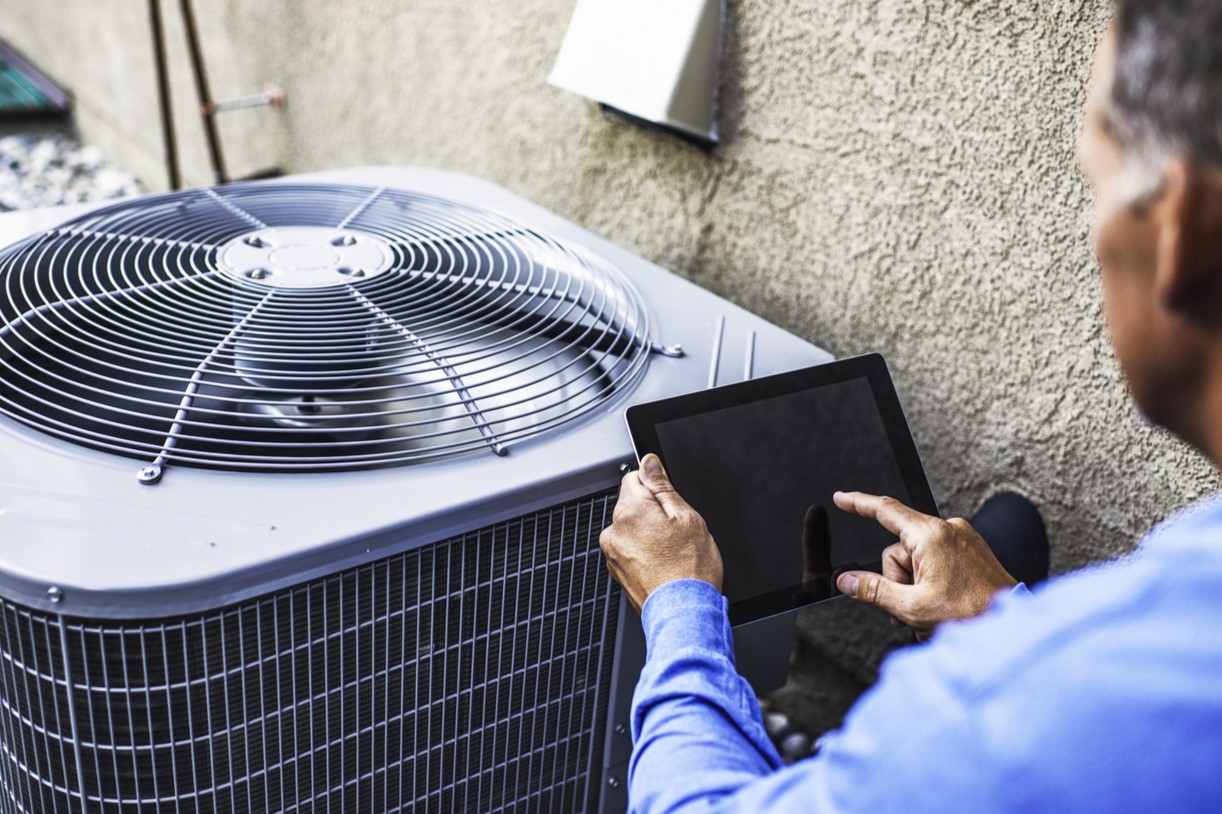

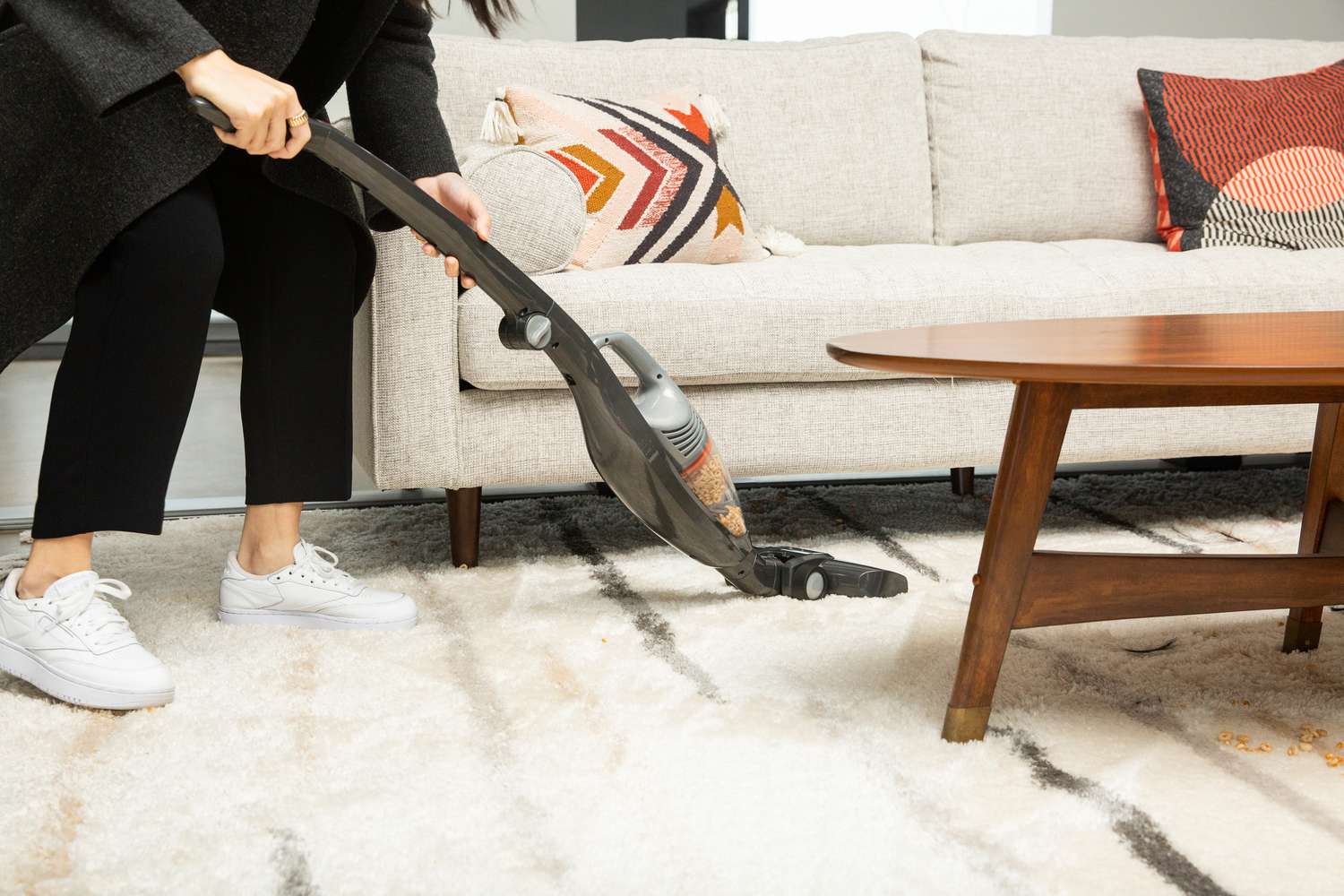
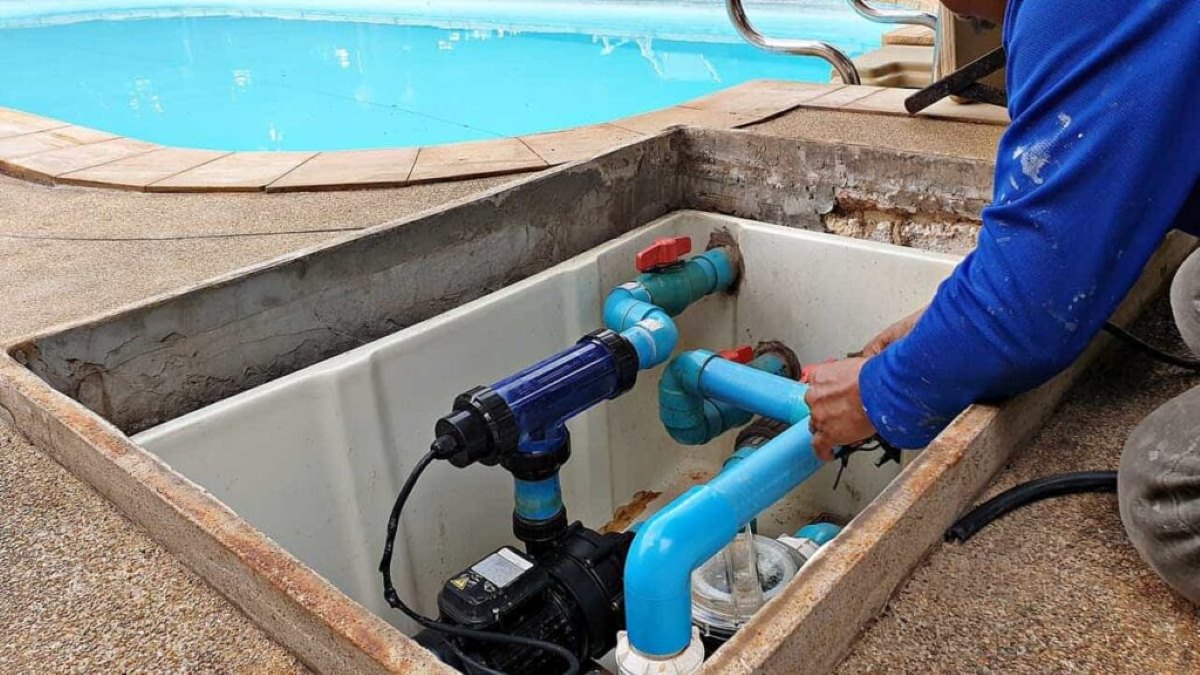
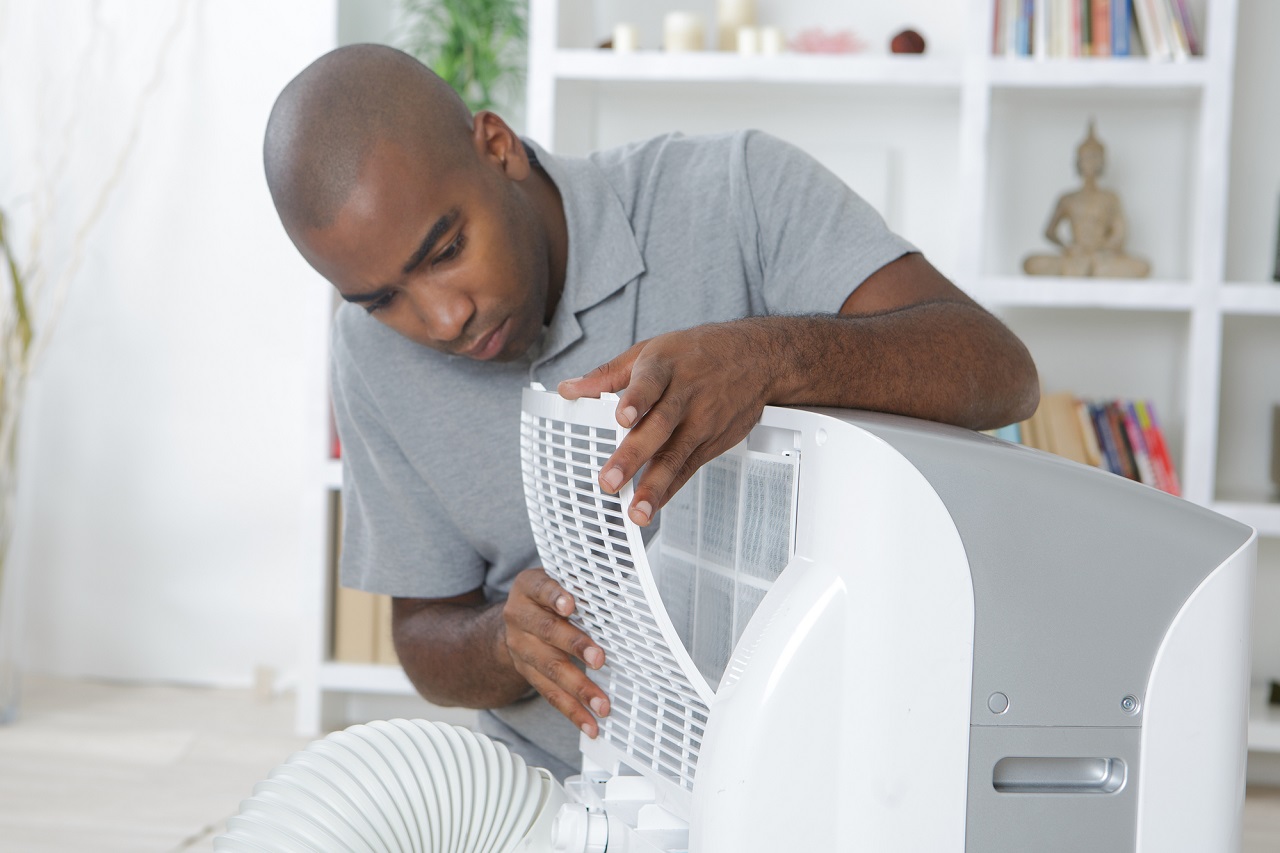
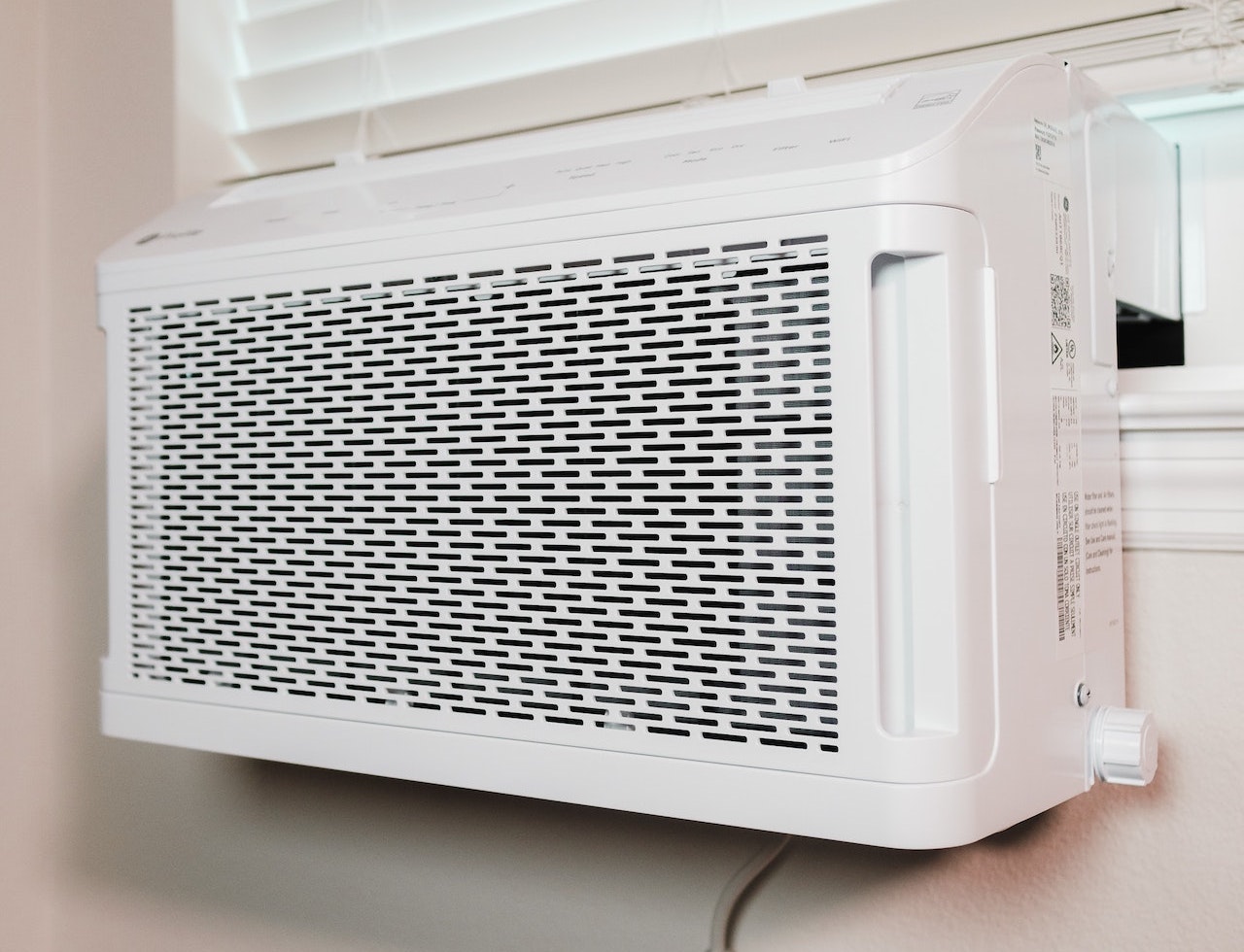

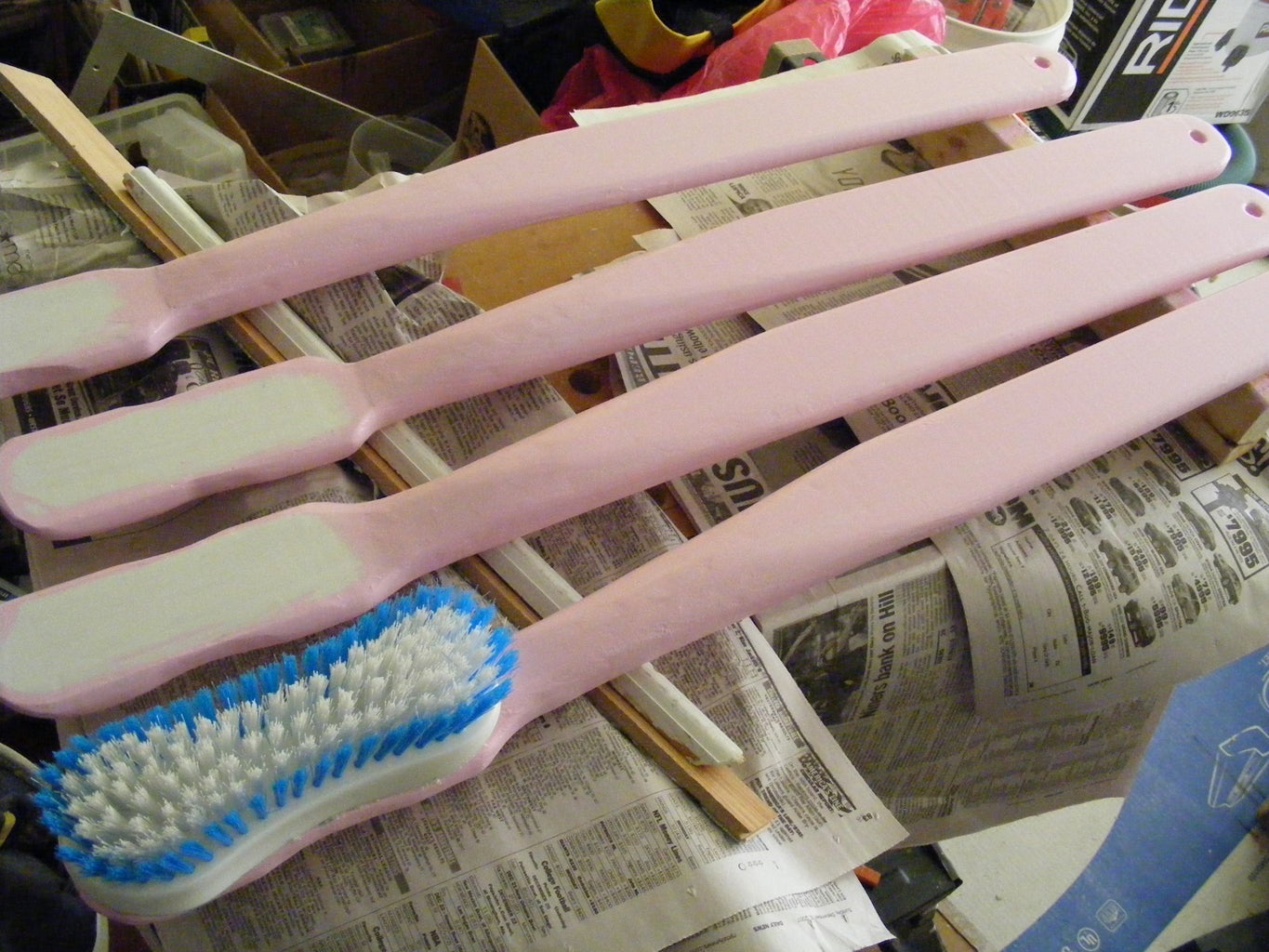
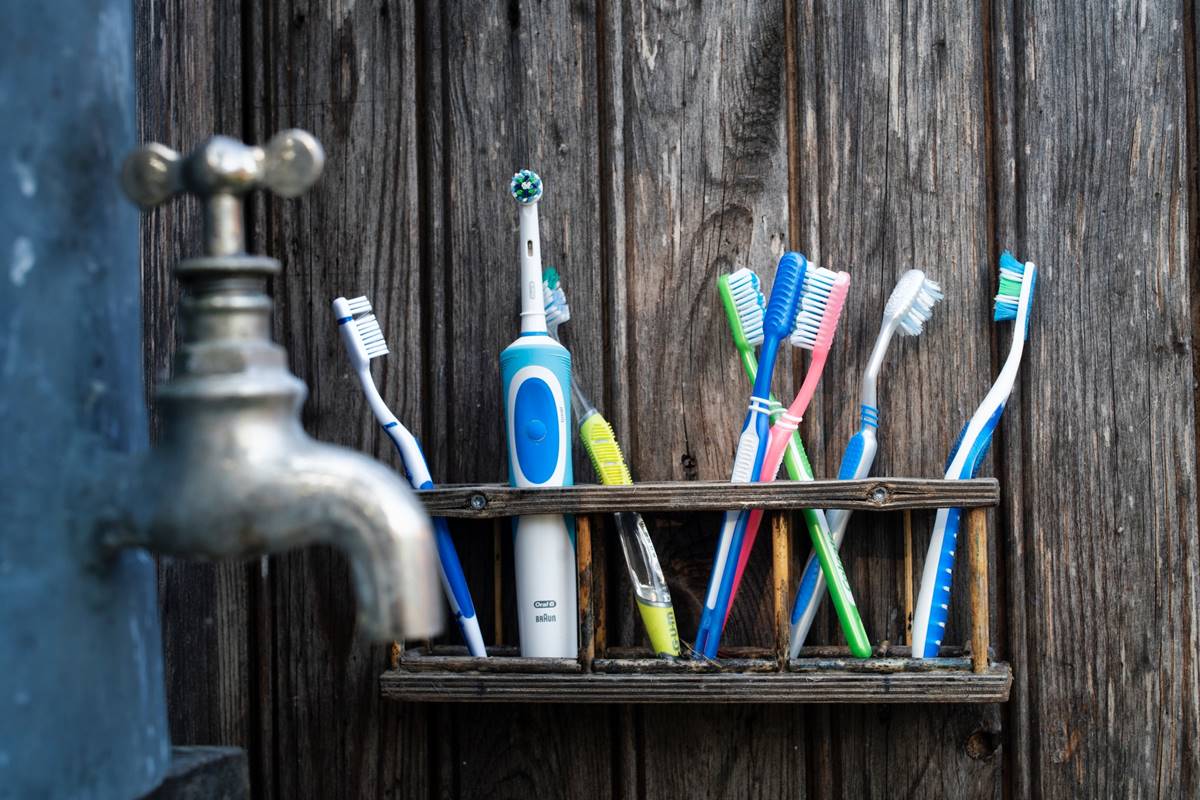
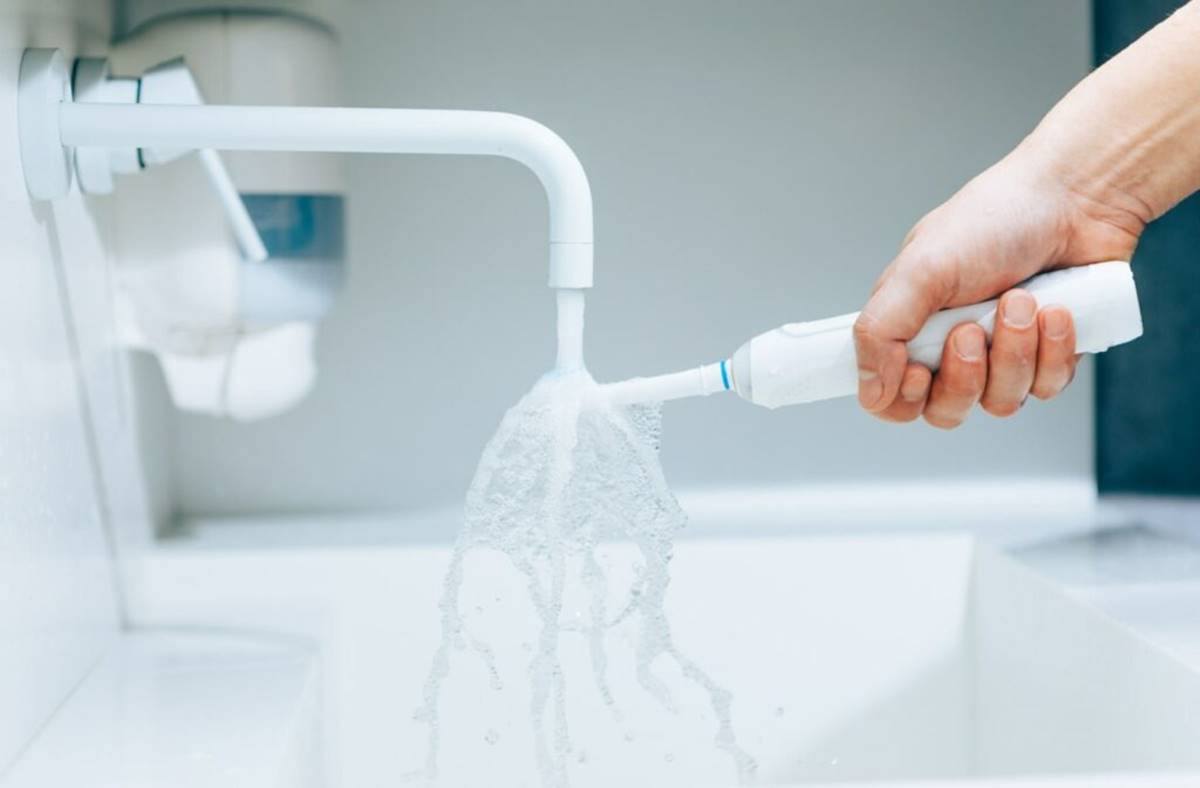
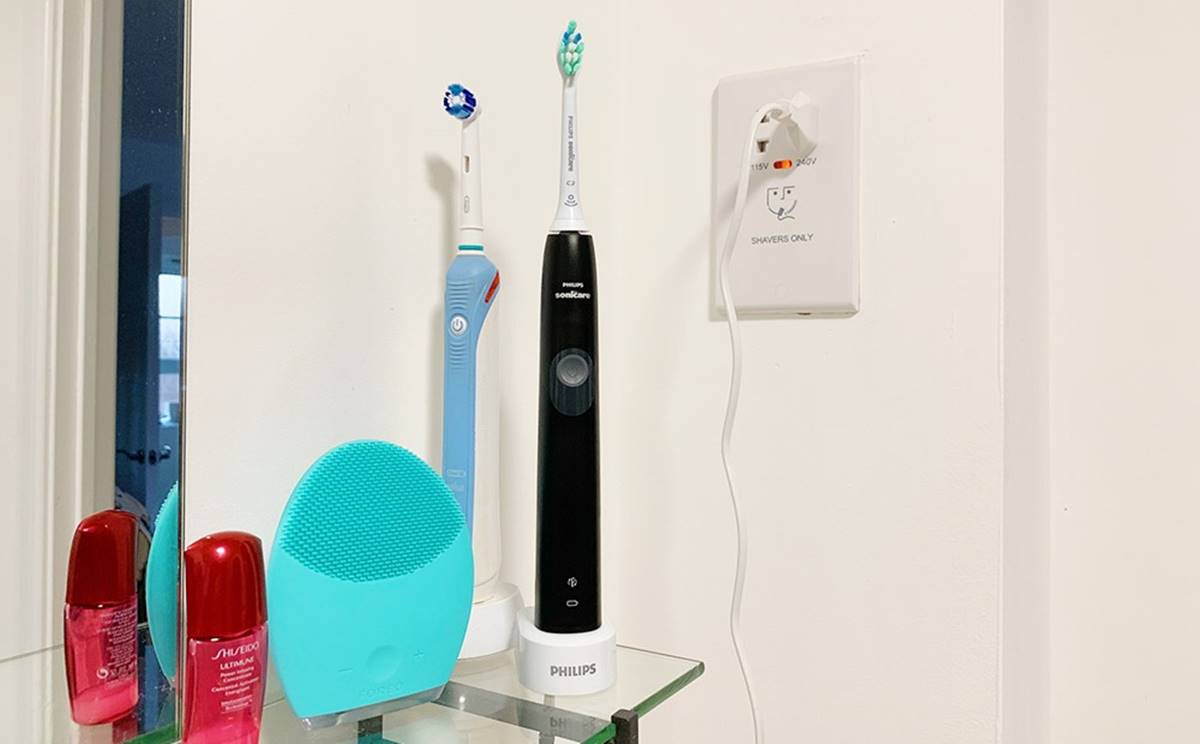
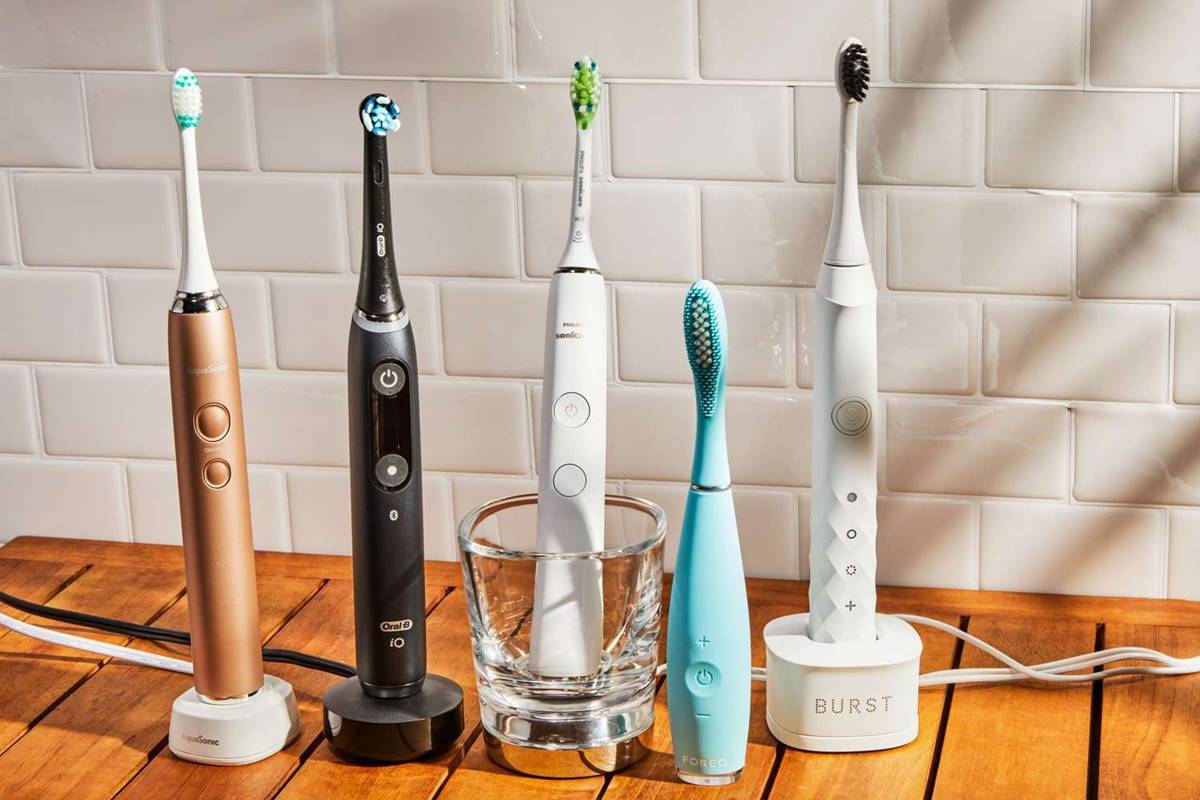

0 thoughts on “How To Make An Electric Toothbrush Quieter”